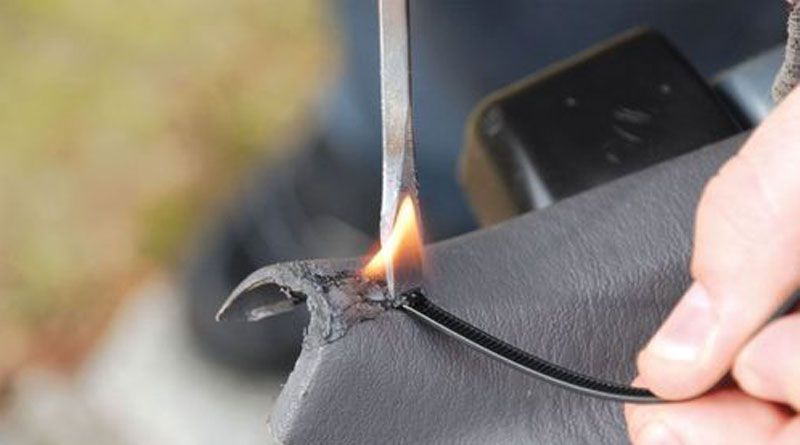Plastic welders work in a variety of industries ranging from manufacturing to floor repair and beyond. They use highly specialized equipment to finish and repair plastic products. Read on to find out about nine different techniques for plastic welding and how they’re used to find out more.
Hot Air Welding
This plastic welding technique uses heat to soften the parts welders need to join together. Also referred to as hot gas welding, hot air welding requires specialized welding equipment and should only be used when both of the materials being joined are similar. Plastic manufacturers commonly use hot air welding for fabricating small plastic items.
Speed Welding
The plastic welders used for speed welding are fitted with weld rods and feed tubes. During this process, the welder feeds softened plastic through the tube, where it is raised to a high temperature and used to join two plastic parts together. Speed welding offers a quick solution to joining certain types of plastic together and is commonly used in manufacturing and repairing polypropylene products. You can learn more about it on Welding Near You.
Extrusion Welding
Welders use plastic extrusion primarily for joining materials that measure over 6 mm in thickness. This technique allows them to complete larger welds in just one pass using a hand-held extruder that softens the parts being welded with hot air.
Contact Welding
Contact welding resembles spot welding. The primary difference is that thermal conduction supplies heat instead of electrical conduction.
Hot Plate Welding
Welders use this technique to join larger parts with complex joint geometry. It involves using a hot plate with a shape that matches that of the parts to be welded to soften their contact points until they melt. The welder then removes the hot plate and presses the parts together until they re-solidify.
Hot plate welding plays an important role in the automotive industry. Welders use it to fabricate and repair interior trim, under-hood components, and other car parts.
IR Welding
IR welding differs from contact welding and hot plate welding because it uses an infrared heat rather than a hot surface to create a weld. This technique requires more expensive equipment and is more difficult than contact welding, so most plastic fabricators use it only when they need to avoid the potential for plastic sticking to heated surfaces.
High-Frequency Welding
This form of plastic welding has been around for almost a century. It uses radiofrequency waves to soften polymers and join plastic materials together, allowing welders to apply heat on a very localized basis. High-frequency welding is only appropriate for plastics with high loss power.
Induction Welding
Induction welding takes advantage of plastic’s property as an electrical insulator. During induction welding, the welder places the plastic in a welding machine that contains radio-frequency electric current ability to work on electrically conductive materials. The most common application for induction welding is in the aerospace industry.
Ultrasonic Welding
Ultrasonic welders use high frequency but low amplitude vibration to generate heat. It is one of the fastest forms of plastic heat sealing and can join almost any plastic polymers.
The Bottom Line
The nine forms of plastic welding described above are just some of the many techniques used by plastic manufacturers and repair technicians. Each of them requires specialized skills and techniques and each of them has its own unique set of benefits and drawbacks. Only a trained and experienced professional can choose which will offer the best fit for a particular project.

Namaste UI collaborates closely with clients to develop tailored guest posting strategies that align with their unique goals and target audiences. Their commitment to delivering high-quality, niche-specific content ensures that each guest post not only meets but exceeds the expectations of both clients and the hosting platforms. Connect with us on social media for the latest updates on guest posting trends, outreach strategies, and digital marketing tips. For any types of guest posting services, contact us on info[at]namasteui.com.

